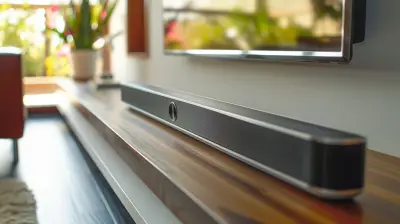Common Myths About Electric Bicycles Debunked
2 October 2025
Electric bicycles, or e-bikes, are having a serious moment. They’re no longer just a niche gadget for techies or cycling enthusiasts. From urban commuters to weekend adventurers, people everywhere are realizing how incredibly versatile — and fun — e-bikes can be.
But hey, with popularity comes a lot of noise. And boy, are there a lot of myths floating around about e-bikes. Some are rooted in outdated ideas, others are just flat-out wrong. If you're thinking about getting one, or if you're simply curious, it’s time we address the elephant in the room (or in this case, the motor on two wheels).
So, grab your helmet — we're about to pedal through some of the most common myths about electric bicycles and set the record straight.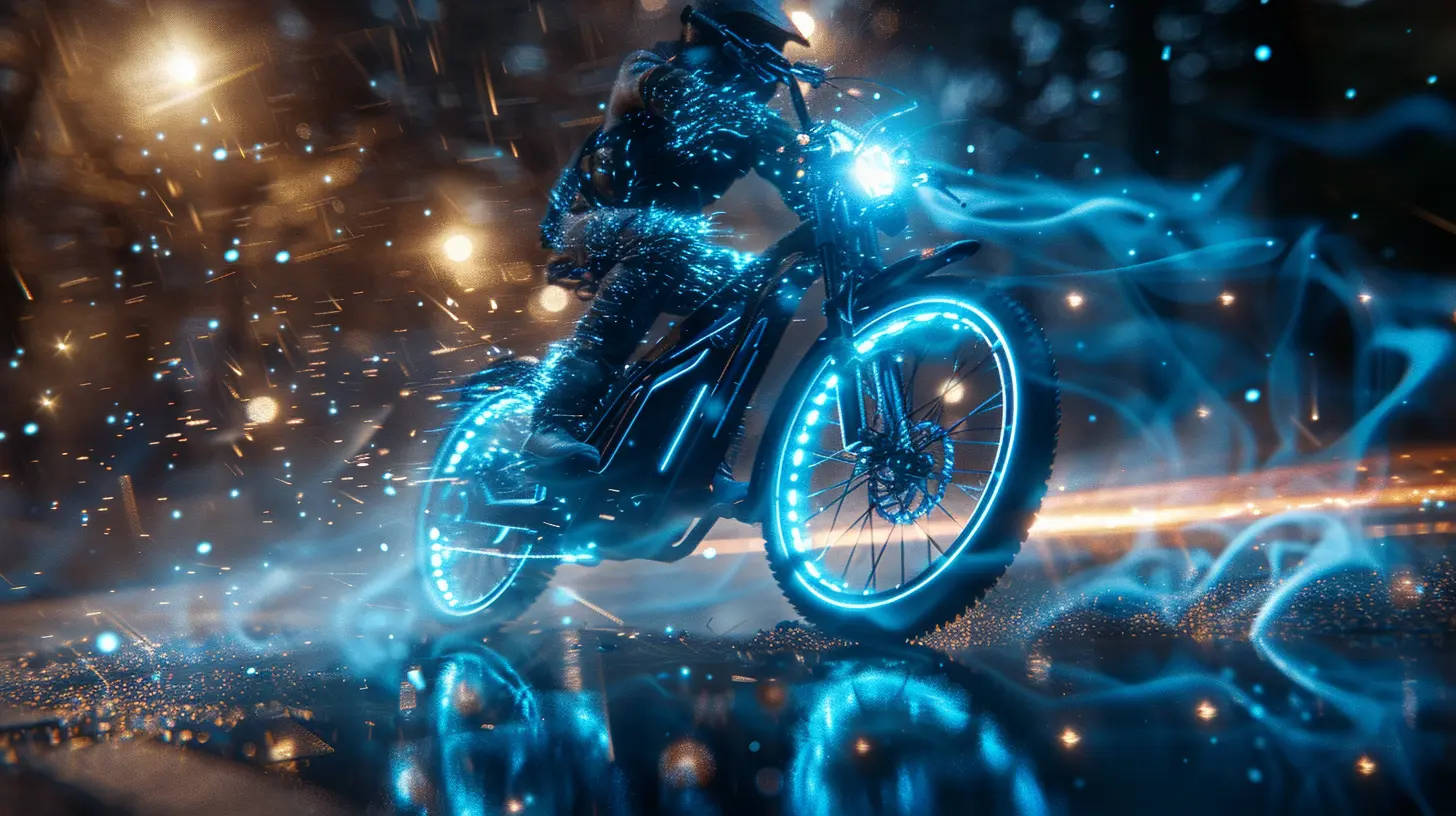
Myth #1: Electric Bikes Are Basically Motorcycles
Let’s start with a biggie.There’s a widespread misunderstanding that e-bikes are just quiet motorcycles in disguise. Not true.
Sure, electric bikes have motors, but they’re pedal-assist, which means the motor only works when you’re pedaling. Unless you're on a throttle-powered model (which still isn't a motorcycle), you're very much a part of the action. You're still riding — just with a little boost.
And just to be clear: e-bikes don’t go 80 mph. Most top out at 20 to 28 mph, depending on the class. That's fast enough for a breeze in your hair, not for a race on the freeway.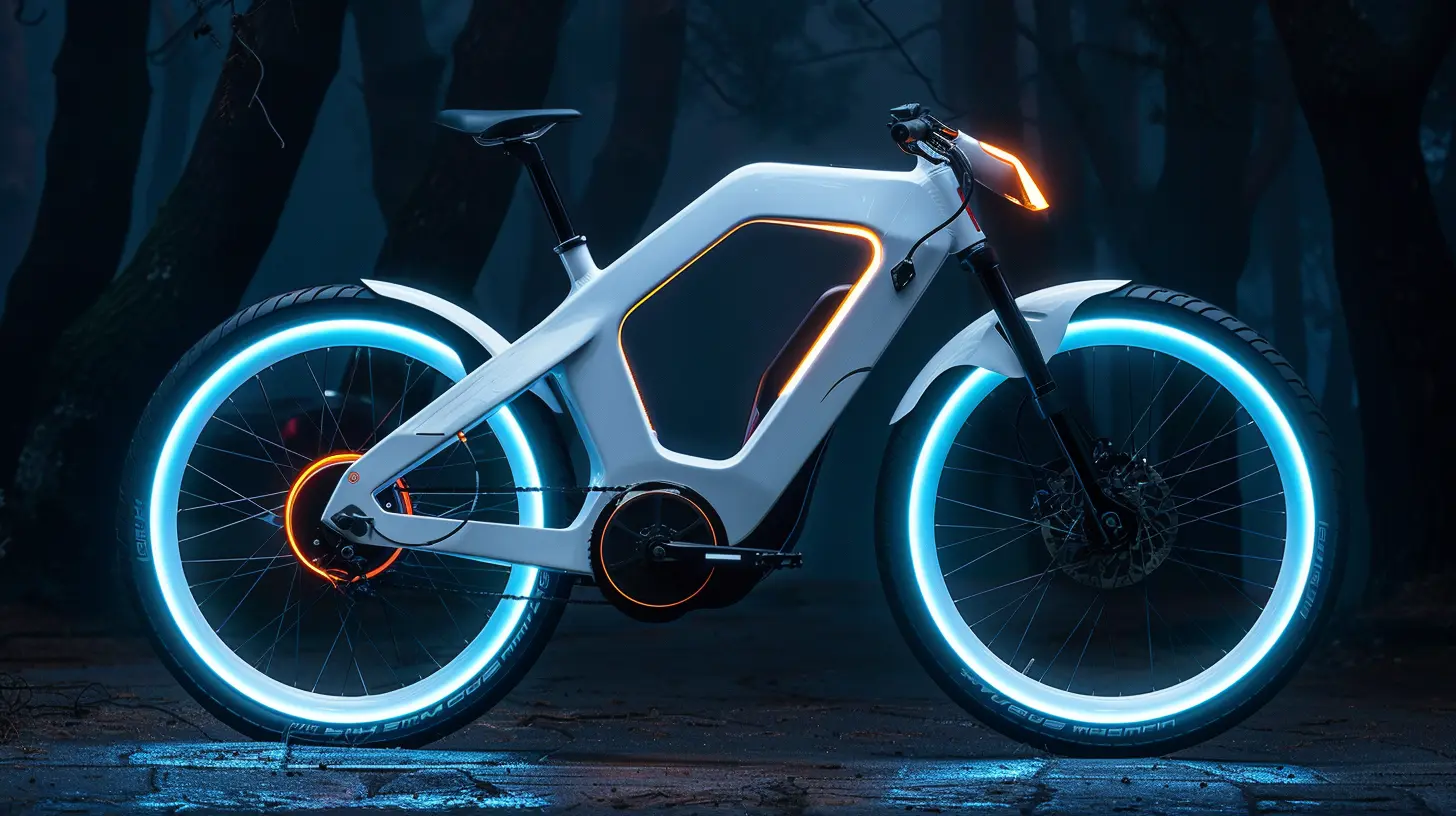
Myth #2: Using An E-Bike Means You’re Lazy
This one's been floating around like an old tire tube for too long.The truth? Riding an e-bike can be just as much of a workout — if not more — than riding a traditional bike. Why? Because it encourages people to ride more often and longer distances.
Ever skipped a ride because of a big hill or crazy headwind? With an e-bike, those excuses vanish. You’re more likely to get on your bike daily, even when you're not feeling 100%. That’s not lazy — that’s smart.
Plus, you choose how much assistance you want. You can put the motor on low, medium, or high assist. Or ride it with no assist at all if you're feeling extra ambitious. It’s still a bike — you’re still moving your legs and getting your heart rate up.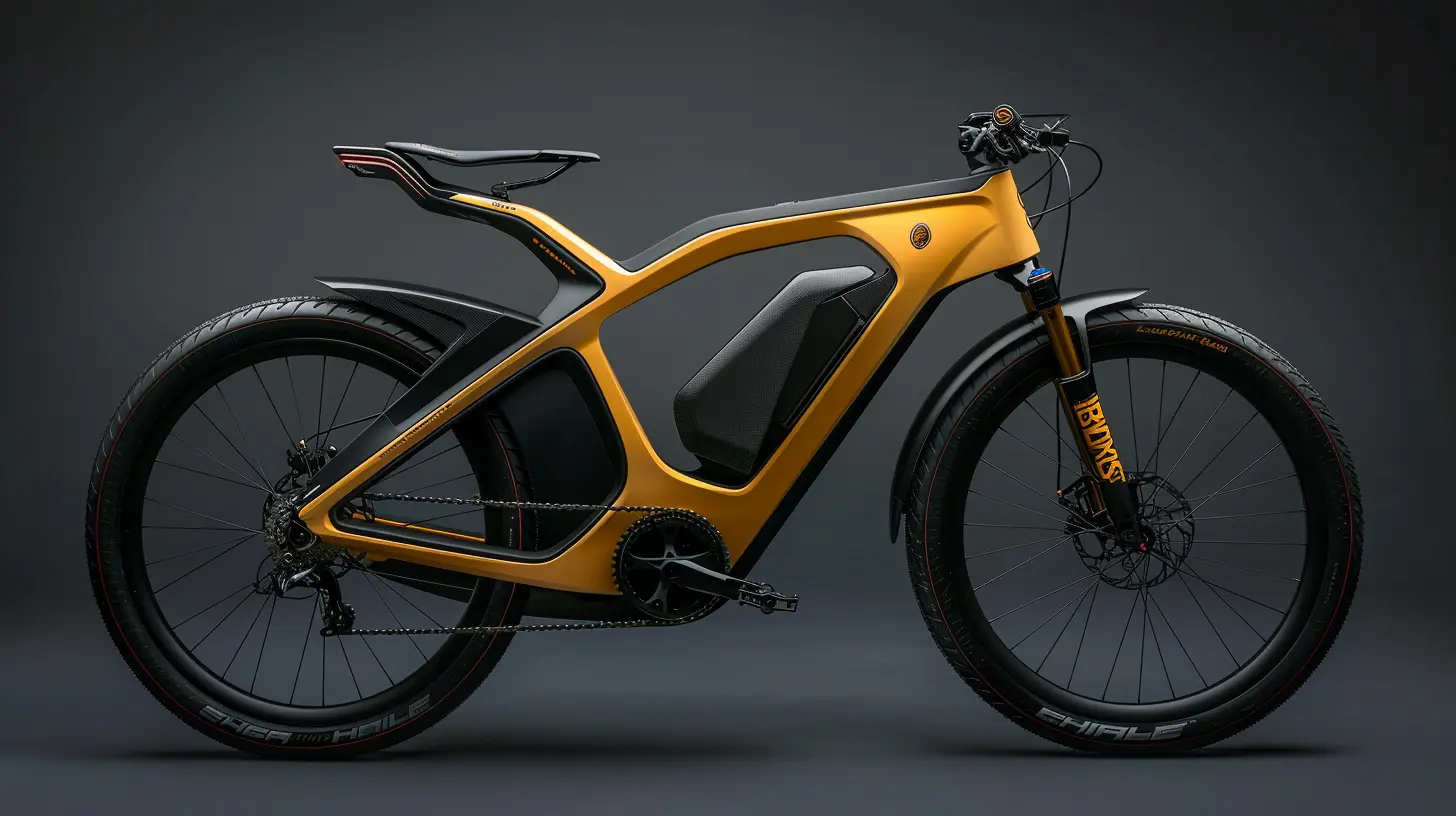
Myth #3: E-Bikes Are Only For “Old” People
First off, what's wrong with being older and enjoying a ride with ease? But second — and more importantly — this myth is total nonsense.E-bikes are for everyone. From delivery workers zipping across cities, to college students getting to campus, to weekend warriors exploring backroads — the age range is huge.
In fact, with the rising trend of electric mountain bikes (eMTBs), plenty of hardcore cyclists are now switching to e-bikes to enhance their trail experiences without burning out after the first climb.
Saying e-bikes are only for older folks is like saying smartphones are only for tech nerds. That ship has sailed.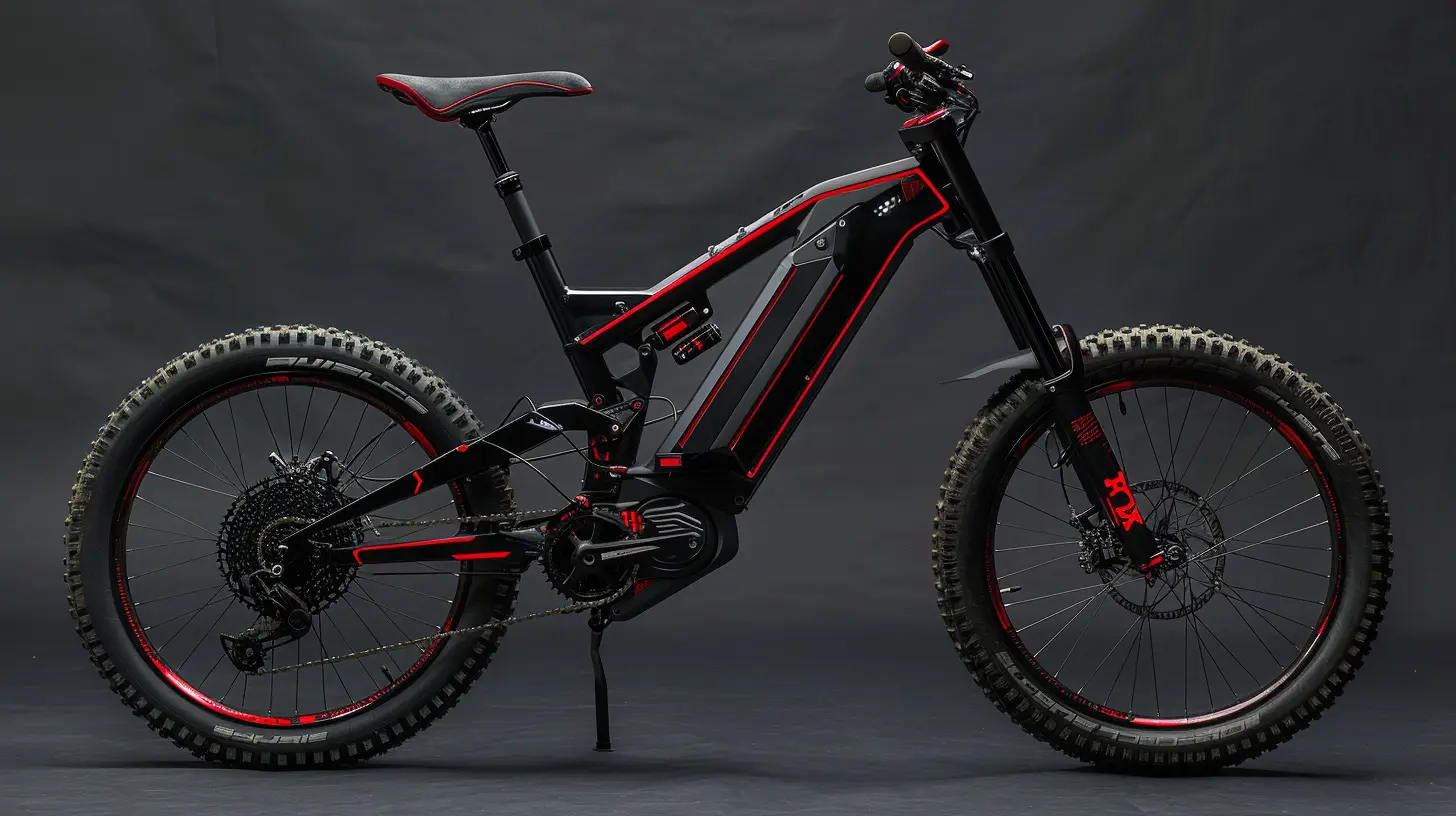
Myth #4: They're Too Expensive
Let’s be real: yes, some e-bikes come with higher price tags. But hear me out because this one needs context.Think about how expensive owning a car is—insurance, gas, repairs, parking... it adds up fast. An electric bike can replace a lot of local car trips. It’s a one-time investment that pays for itself in fuel savings, parking fees, and even gym memberships (since you're getting exercise too!).
Plus, prices for e-bikes have been dropping. There are now plenty of reliable models under $1,500. And with e-bike rebates and incentives becoming more common in cities, the upfront cost isn’t as steep as it used to be.
Myth #5: E-Bikes Are Bad For the Environment
You’ve probably heard this one tossed around: “E-bikes aren’t eco-friendly because they use electricity and batteries!”Yes, e-bikes use batteries — typically lithium-ion — and electricity. But let’s put this into perspective.
Compared to a car or motorcycle, e-bikes have a fraction of the carbon footprint. Charging an e-bike costs pennies and produces a minimal amount of emissions. Even factoring in manufacturing and battery disposal (which can be recycled properly, by the way), e-bikes are exponentially greener than gas-powered transport.
If anything, e-bikes are one of the most eco-friendly ways to get around, especially when they replace short car trips.
Myth #6: They Don't Last Long
There’s this belief that e-bikes are flimsy or that the batteries die out quickly. Not true.A quality e-bike, with proper care, can last for years. Most motors are built to last thousands of miles. The battery? You’re looking at around 500–1,000 charge cycles. That’s several years of regular use.
And when the battery performance does eventually dip, most can be replaced without tossing the whole bike. Sounds pretty sustainable, right?
Just like a regular bike, it comes down to maintenance. Keep it clean, store it properly, and don’t ignore weird sounds — and your e-bike will roll with you for a long time.
Myth #7: They're Dangerous
Here’s the thing — anything with wheels can be dangerous if you're not paying attention. E-bikes aren’t any more hazardous than regular bikes when used responsibly.Yes, they can go a bit faster. But with speed comes the need for awareness. Use proper safety gear (a helmet is a must), follow traffic rules, and practice safe riding practices. Also, many e-bike models come with high-quality brakes, lights, and safety features built-in, sometimes better than regular bikes.
What's actually dangerous is assuming riders don’t need education. E-bike riders—especially new ones—should take time to get familiar with how the motor assists and how the bike handles bursts of speed.
Pro tip: Treat your e-bike like any other vehicle — stay alert and ride smart.
Myth #8: You Can’t Ride Them in the Rain
This one makes me laugh a bit. People think their e-bike will short-circuit like a toaster in the tub if it gets wet. Thankfully, that’s not how it works.Most e-bikes are water-resistant — not waterproof, but resistant to rain, splashes, and puddles. Manufacturers know that riders don’t live in a bubble and that bad weather happens.
That said, don’t go riding into a flood or submerging your motor in water (common sense, people). But a little rain? Totally fine.
Just like you'd dry off your regular bike and keep the chain lubed, you'll want to give your e-bike some love after a soggy ride. That’s it.
Myth #9: They're Heavy and Hard to Handle
Yes, e-bikes are heavier than regular bikes — mainly because of the motor and battery. But that doesn’t mean they’re difficult to ride.The added weight actually provides more stability, especially when cruising at higher speeds or carrying cargo. And with the motor assist, you don’t feel the weight when riding. It’s like having a tailwind pushing you everywhere you go.
Now, lifting it into a car or up stairs? That can be a workout. But for riding? You’ll barely notice.
Myth #10: E-Bikes Are a Fad That Will Fizzle Out
Remember when people thought smartphones were a passing craze? Or that online shopping wouldn’t catch on? Yeah, same energy.E-bikes are not just a trend — they’re part of a larger shift in how we think about transportation. Cities are investing in infrastructure, biking is booming, and people are looking for greener, healthier, and more practical ways to get from point A to point B.
Electric bikes hit that sweet spot between efficiency and enjoyment. Once you ride one, you get it. There’s no going back.
So, What's the Verdict?
If you’ve made it this far, you're probably realizing that a lot of what people say about e-bikes just doesn’t hold up. They're not cheating, they’re not just for old folks, and they're definitely not motorcycles.E-bikes are empowering. They open up biking to people who might have been left out — whether due to hills, distance, physical limitations, or even just a lack of time. And the best part? They make riding fun again.
There’s always going to be skepticism about new tech — it’s in our nature. But once people push past the myths and give e-bikes a fair shot, most become instant converts.
So, if someone tries to hit you with one of these tired myths, hit them back with some facts — and maybe offer them a ride. Chances are, they’ll be smiling before you hit the first stop sign.
all images in this post were generated using AI tools
Category:
Electric BicyclesAuthor:

Pierre McCord
Discussion
rate this article
1 comments
Finnegan Rosales
Great article! It’s important to clear up misconceptions about electric bicycles. Understanding their benefits can greatly encourage more people to embrace this eco-friendly transportation option. Thanks for sharing these insightful clarifications!
October 4, 2025 at 4:59 AM

Pierre McCord
Thank you for your kind words! I'm glad you found the article helpful in clarifying misconceptions about electric bicycles.

